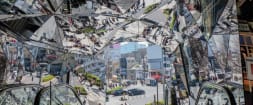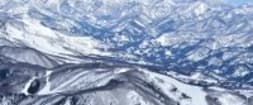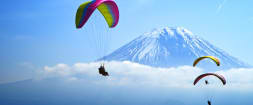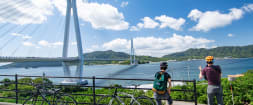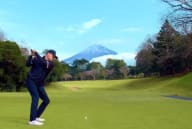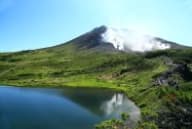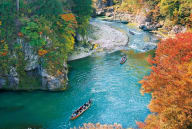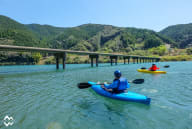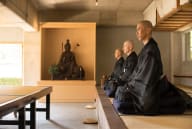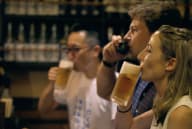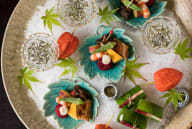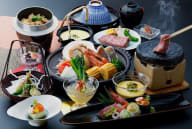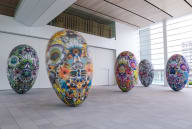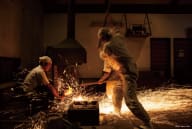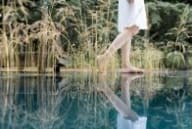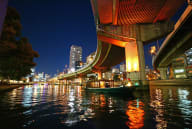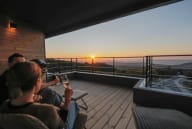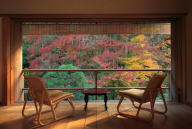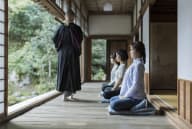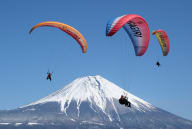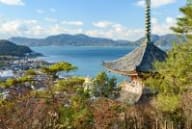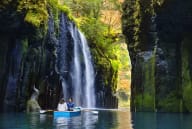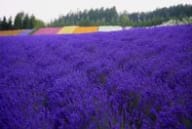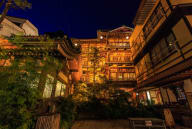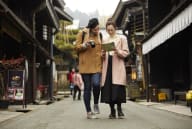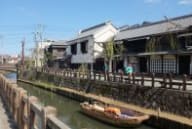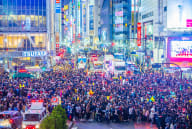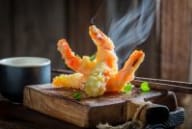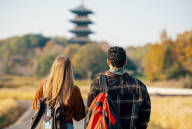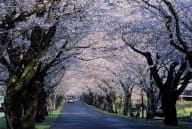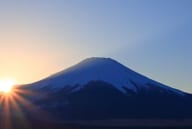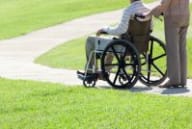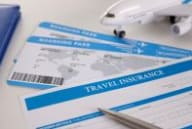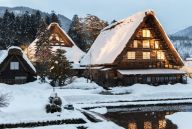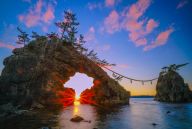
2025.02 The Story of the Miketsukuni Provinces That Provided Bountiful Ingredients to Kyoto: Discovering the Essence of Japanese Gourmet Food [PR]
Awaji Island
Awaji Island, known as the “Island of “Kuniumi” (the birth of Japan),” holds a prominent place in ancient mythology and boasts a long history of supplying seafood and other ingredients to the Imperial Court. It has also been renowned for producing high-quality salt since the olden days. During your visit, you can savor fresh seafood and sweet Awaji Island onions.
A must-try attraction is the Uzushio (Whirlpool) Cruise, which lets you witness the awe-inspiring power of nature. The whirlpools of the Naruto Strait are among the largest in the world, with some reaching a diameter of up to 30 meters during the high tides of spring and autumn. This unforgettable cruise offers a close-up view of the dynamic whirlpools, formed by the deep-sea currents that bring abundant seafood blessings to the region.
For accommodations, we recommend Hotel New Awaji Bettei: Awaji Yumesenkei in Sumoto Onsen. Here, you can relax in an infinity bath that seems to merge seamlessly with the sea and enjoy a special kaiseki-style meal featuring lavish use of the island’s bountiful ingredients, including fresh local seafood, Awaji Island onions, and Awaji beef.
Another must-visit spot for local seafood lovers is Sushi Kappo Genpei. From its counter seats, you can enjoy stunning views of the Akashi-Kaikyo Bridge through large windows while indulging in sushi and other dishes crafted exclusively from carefully selected 100% Awaji ingredients—a dining experience unique to the island.

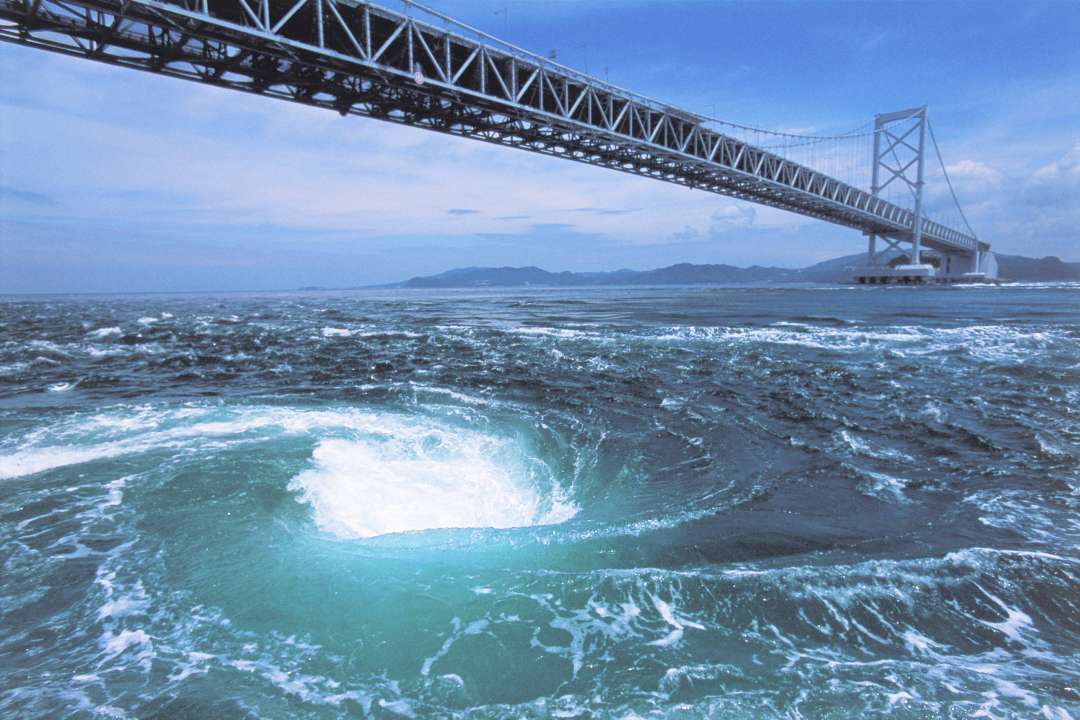
Uzushio Cruise



Hotel New Awaji Bettei: Awaji Yumesenkei


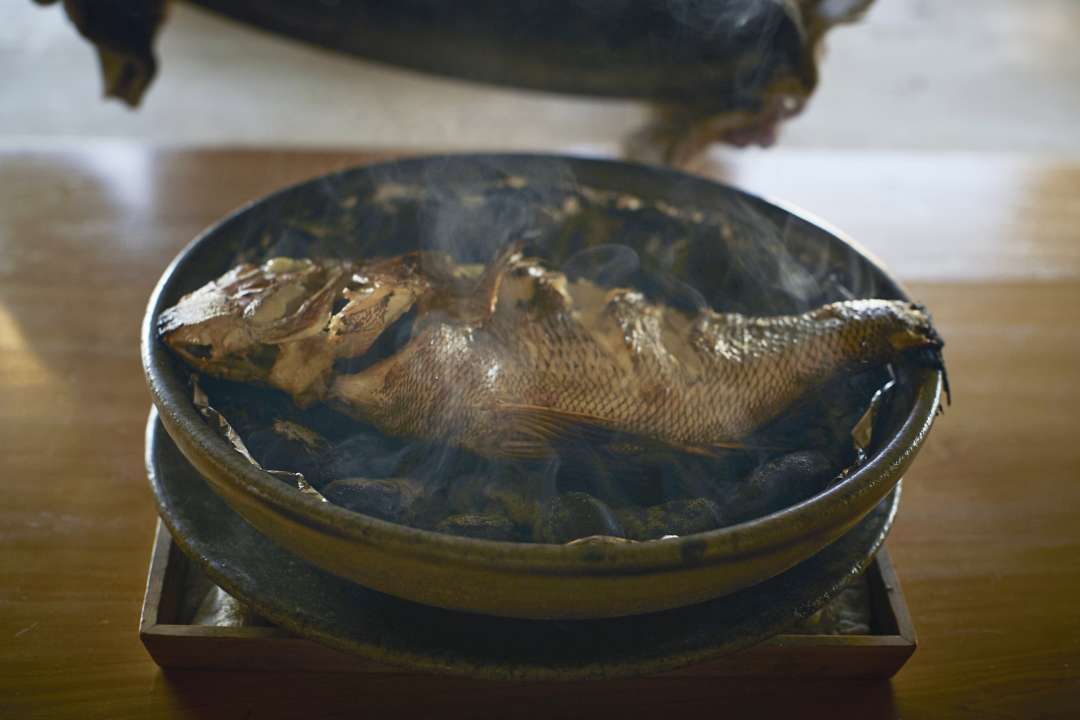
Sushi Kappo Genpei
Ise-Shima
Ise-Shima has been celebrated as a “treasure house of seafood” since ancient times, with delicacies like abalone and Ise-Ebi (Japanese spiny lobster) traditionally offered to the Imperial Court and Ise-Jingu Shrine. The traditional fishing methods and culture of the “ama” women divers who have supported the role of the region as part of Miketsukuni are still being passed down today. During your visit, enjoy the spectacular scenery of the beautiful rias coastline of Ago Bay, located in the heart of Ise-Shima National Park, and indulge in luxurious dishes such as Ise-Ebi specialties and abalone sashimi.
A highlight of your trip should be a visit to Ise-Jingu Shrine (Naiku), one of Japan’s most revered shrines, with a history spanning approximately 2,000 years. The solemn atmosphere of this sacred site offers a deeply spiritual experience that cleanses the hearts of visitors. After your visit, take a leisurely stroll through Okage Yokocho, where the streetscape of old Iseji is beautifully recreated, and enjoy its culinary delights.
For a luxurious dining experience, visit the French restaurant “La Mer” at Shima Kanko Hotel The Bay Suites in Kashikojima Island. Overlooking the stunning rias coastline, this restaurant specializes in “seafood French cuisine,” a hallmark of “Ise-Shima Gastronomy.”
Also consider staying at Basara-tei, where you can savor exquisite dishes crafted with an abundance of seasonal ingredients, while admiring the breathtaking sunset over Ago Bay from a room with an open-air bath.
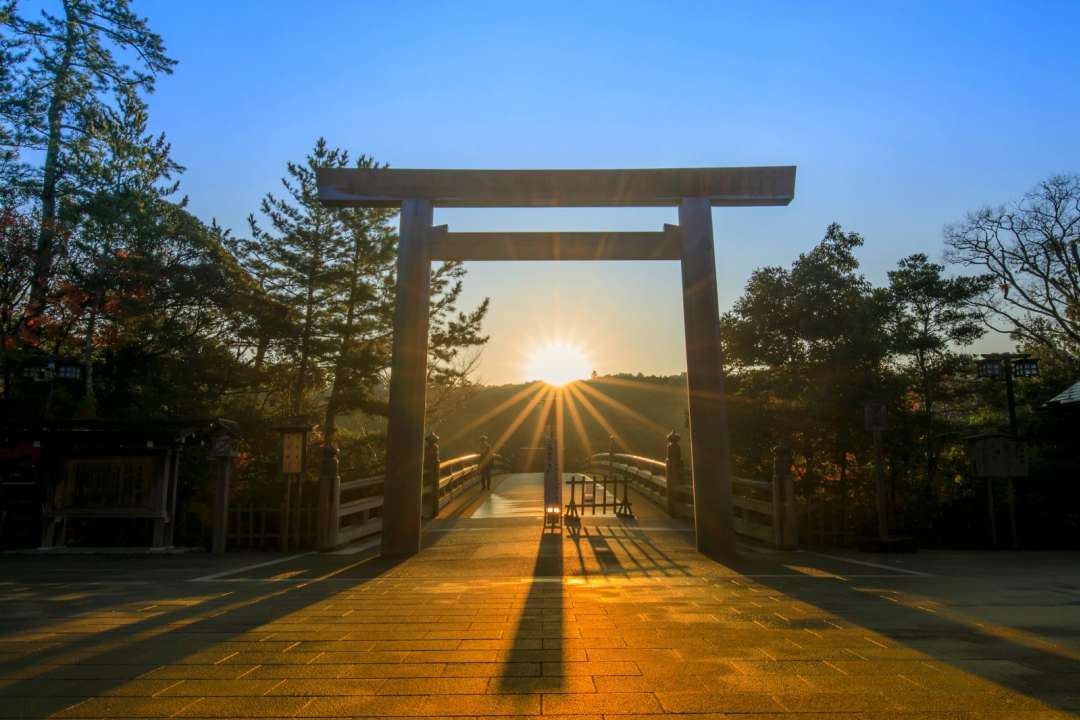
Ise-Jingu Shrine: Torii gate of Naiku with the sun rising over the mountains

Okage Yokocho

Shima Kanko Hotel The Bay Suites: Seafood French cuisine at “La Mer,” the hotel’s French restaurant

Basara-tei: View from Toki no Umi Terrace
Wakasa
Wakasa Bay has long been a natural harbor that has nurtured an abundance of marine products, with mackerel and salt serving as significant tributes to the Imperial Court. In fact, the road that transported fresh fish and salt from Wakasa to Kyoto came to be known as “Saba Kaido” (mackerel road) at some point. Today, this historically significant route is cherished as a symbol of the region’s heritage. It was also the first area in Japan to be designated as Japan Heritage Premium, a distinction within the Agency for Cultural Affairs’ Japan Heritage program which certifies stories preserving Japanese culture and traditions through the historical charms and characteristics of local areas. Enjoy exploring exquisite “Wakasa products”—ingredients that are prized for their flavor even at Kyoto’s finest ryotei restaurants.
The recommended starting point for your journey is Kumagawa-juku, a historic post town that thrived as a distribution hub along the Saba Kaido. It was a place where peddlers would rest their feet, and even today this charming area retains remnants of its past, including storehouses and irrigation channels, making it an ideal spot for a leisurely stroll.
To savor Wakasa’s delicacies, visit Nihon Ryori Su, a reservation-only restaurant. The owner, who honed his skills at a traditional Japanese ryotei restaurant in Kyoto, offers omakase cuisine that brings out the best in local ingredients.
To complete your visit, stay at the gourmet inn Wakasa Kajitsu in the Ano fishing village in Obama. Enjoy a serene retreat overlooking Wakasa Bay while savoring local sake and seafood offerings such as Wakasa Guji (tilefish) and Wakasa Fugu (blowfish), creating a truly luxurious experience.


Kumagawa-juku


Nihon Ryori Su


Wakasa Kajitsu

Wakasa Fugu
Kyoto
Kyoto, a city where ingredients from Miketsukuni converge, stands as a treasure trove of Japanese culinary culture. Embark on a journey through Kyoto’s iconic landmarks, carrying the spirit of Miketsukuni with you.
Begin at Yasaka Shrine, located in the heart of Gion. Affectionately known as “Gionsan,” this shrine is revered as a place of blessings for warding off misfortune and promoting beauty. It is one of Kyoto’s most famous power spots, with a history predating the relocation of the Heian capital. The shrine’s Heian-style architectural splendor is also a sight to behold. By night, the illuminated shrine and bustling food stalls create a festive atmosphere that immerses visitors in the essence of a traditional Japanese festival.
Next, explore Nishiki Market, fondly referred to as “Kyoto’s kitchen.” This vibrant marketplace offers a variety of ingredients sourced from Miketsukuni, along with marine harvests and mountain produce from all over the country, and Kyoto-style side dishes. There are also shops where you can try sampling the food in-store, making it the perfect spot to enjoy local delicacies in a relaxed setting.
Conclude your trip at Shimogamo Shrine, believed to be Kyoto’s oldest shrine, situated near Demachi Bridge —the starting point of the Saba Kaido. Every May, during the Aoi Matsuri Festival, mackerel is offered here as a sacred tribute, connecting the shrine to the history of the Saba Kaido. This sacred site, where nature and culture harmonize, provides a serene setting for reflection and prayer, marking a fitting end to your journey.


Yasaka Shrine

Nishiki Market


Shimogamo Shrine
How to get there
If you wish to delve into the captivating story of the Miketsukuni region and its links to Kyoto, consider embarking on a pilgrimage to Awaji Island, Ise-Shima, and Wakasa. Kyoto is well-connected and can be accessed from Tokyo and across Japan, including a 3-hour journey by Shinkansen from Fukuoka. From Kansai International Airport, it’s a convenient 1 hour and 30 minutes. Traveling from Kyoto to each of Awaji Island, Ise-Shima, and Wakasa takes roughly 2 hours by train.
Related Links
For inquiries about the Miketsukuni Tour, please find the contact information here. (J-Links Co.,Ltd.) |
| URL : https://www.jlinksjapan.com/english/ |
The KANSAI Guide |
| URL : https://www.the-kansai-guide.com/en/miketsukuni-delicious-pilgrimage/ |
Shima Kanko Hotel |
| URL : https://global.miyakohotels.ne.jp/shima/ |
Kumagawa-juku |
| URL : https://kumagawa-juku.com/ |
Nishiki Market |
| URL : https://www.kyoto-nishiki.or.jp/en/ |











